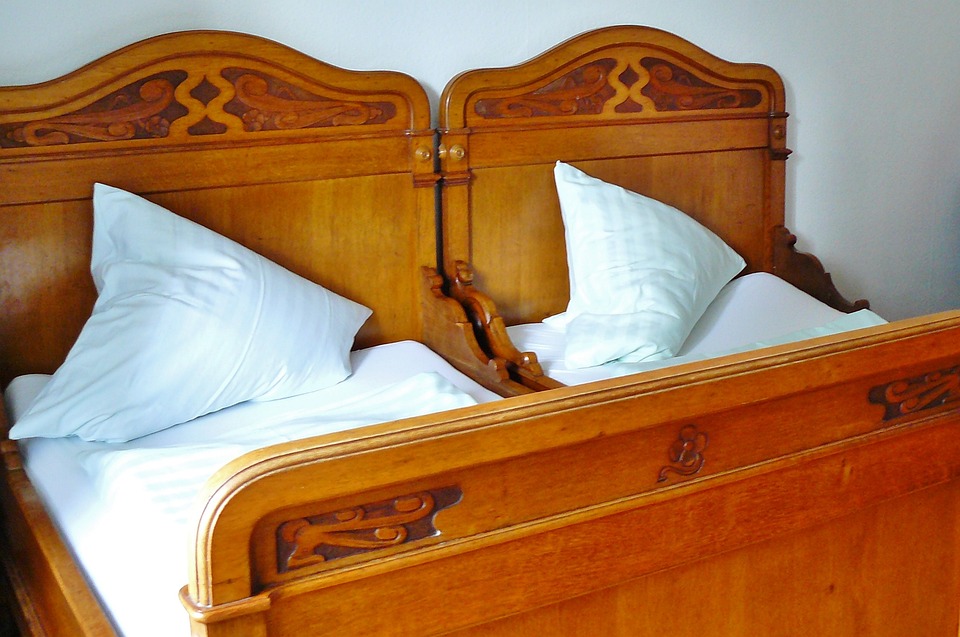Yurts: Rediscovering the Ancient Nomadic Shelter
Introduction:
In this era of modern architectural marvels, it is fascinating to see how ancient shelters are making a comeback. Yurts, the traditional dwellings of nomadic cultures, have captured the imagination of adventurers and nature enthusiasts alike. These unique circular structures, originally used by Central Asian tribes, offer a sense of connection with nature while providing comfort and practicality. In this blog article, we will delve into the world of yurts, exploring their history, design, and the reasons why they are gaining popularity in contemporary times.
History of Yurts:
Yurts have a rich and diverse history that spans thousands of years. Originating in Central Asia, these portable dwellings were used by nomadic tribes such as the Mongols, Kazakhs, and Kyrgyz. The word “yurt” itself is of Turkic origin and means “dwelling” or “home.” These nomads relied on yurts for their versatility, as they could be easily assembled, disassembled, and transported across great distances.
The design of yurts evolved over time, adapting to different climates and cultures. The framework consists of a lattice wall made of wooden poles, which are then covered with a waterproof and insulating layer of felt or animal skins. The circular shape of the yurt not only allows for efficient heat distribution but also provides stability against strong winds and heavy snowfall.
Rediscovering Yurts:
In recent years, yurts have experienced a resurgence in popularity, attracting those seeking unique and sustainable living spaces. Their eco-friendly nature and connection to nature have become appealing in a world increasingly concerned with environmental sustainability. Yurts offer an alternative to traditional housing, allowing individuals to live closer to nature without sacrificing comfort and convenience.
Design and Features:
Yurts are known for their distinctive design, characterized by a circular floor plan and a domed roof. The circular shape promotes a sense of unity and harmony, reflecting the nomadic cultures’ belief in the interconnectedness of all things. The roof, often referred to as the “crown,” provides ample headroom and allows natural light to flood the interior space.
The walls of a yurt are typically made of a lattice structure, known as the khana, constructed from wooden poles. This lattice is not only visually appealing but also provides stability and flexibility. The covering, traditionally made of felt, offers excellent insulation, keeping the interior warm during cold winters and cool during hot summers.
Yurts can be customized to meet individual needs and preferences. From basic structures designed for camping purposes to fully furnished and insulated homes, yurts cater to a wide range of requirements. Some yurts even feature modern amenities such as electricity, plumbing, and heating systems, making them suitable for year-round living.
Advantages of Yurts:
1. Portability: One of the key advantages of yurts is their portability. Unlike conventional homes, yurts can be easily disassembled and transported to different locations. This flexibility allows individuals to adapt to changing circumstances or explore new environments without the need for permanent structures.
2. Sustainable Living: Yurts are an eco-friendly housing option, utilizing natural and renewable materials. The use of felt, a traditional covering material, provides excellent insulation and reduces energy consumption. Additionally, the circular shape of yurts minimizes the impact on the surrounding environment, blending harmoniously with nature.
3. Cost-effective: Compared to traditional homes, yurts offer a more affordable housing solution. Construction costs are generally lower, and maintenance expenses are minimal. Yurts also have a smaller ecological footprint, resulting in lower utility bills and long-term savings.
4. Versatility: Yurts can serve a multitude of purposes. They can be used as permanent residences, vacation homes, offices, studios, or even as glamping accommodations. The adaptable design allows for various configurations, enabling individuals to create personalized spaces that suit their specific needs.
FAQs (Frequently Asked Questions):
1. Are yurts suitable for year-round living?
– Yes, yurts can be designed and insulated to withstand various climates, making them suitable for year-round living in most regions. Proper insulation, heating systems, and ventilation are crucial for comfort in extreme weather conditions.
2. Can yurts withstand strong winds and heavy snowfall?
– Yes, yurts are engineered to withstand harsh weather conditions. The circular shape and sturdy framework provide stability against strong winds, while the sloping roof allows snow to slide off easily.
3. How long does it take to assemble a yurt?
– The assembly time of a yurt depends on its size and complexity. Smaller yurts designed for camping purposes can be set up in a matter of hours, while larger yurts may require a day or two for assembly.
4. Can I customize the interior of a yurt?
– Absolutely! Yurts offer great flexibility when it comes to interior design. From furniture placement to decor choices, you can personalize the space according to your taste and needs.
5. Are there any building regulations or permits required for yurts?
– Building regulations and permit requirements vary depending on the location and purpose of the yurt. It is essential to research and comply with local regulations to ensure a smooth and legal installation.
Conclusion:
Yurts, the ancient nomadic shelters, have found their place in contemporary times as eco-friendly and versatile living spaces. Their unique design, portability, and connection to nature make them an appealing choice for those seeking an alternative way of living. As we rediscover the beauty and functionality of yurts, their influence on modern architecture and sustainable living continues to grow.
For further reading on yurts and their fascinating history, you can explore the following external links:
– [Link 1: Yurts: An Ancient Nomadic Tradition](https://www.examplelink1.com)
– [Link 2: The Modern Yurt Movement: Blending Tradition with Innovation](https://www.examplelink2.com)




